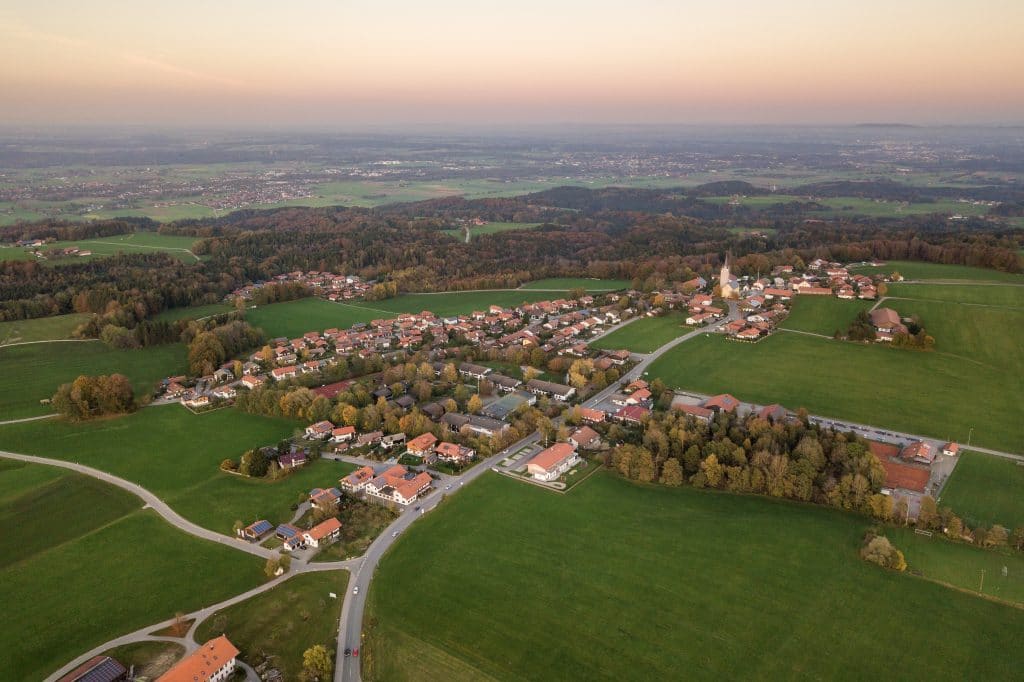Record highs for Sydney property values are great news for the real estate industry but challenging for potential buyers.
Reports last week indicate that the 5.7 per cent rise in Sydney home values exceeds previous peak levels.
The latest results derive from a CoreLogic capital city growth index, which found all cities’ property values were on the rise.
Darwin (2.3 per cent), Hobart and Perth (both 1.6 per cent) recorded the highest national increases. House prices lifted by 0.9 per cent early this year to propel these record levels.
Queensland is also experiencing strong sales results from low advertised supply in the Gold Coast (which late last year experienced a 1.9 per cent growth rate; second only to Launceston (3.1 per cent) and the Illawarra at 3 per cent), Sunshine Coast, Mackay, Isaac, Whitsundays and Brisbane.
A post-COVID population growth and employment figures helped boost these results.
Sellers’ market spurs home values
CoreLogic’s Executive Research Director, Tim Lawless, was not surprised by the record increase and capital-city growth levels.
“Since housing values found a floor in October last year, Sydney home values have risen 5.7 per cent to reach a new record high today. The fresh record high is great news for Sydney homeowners, but highlights the challenges for non-homeowners looking to participate in the housing market as values rise faster than incomes,” says Mr Lawless.
Sydney dwelling values were down 15.3 per cent between July 2017 and May 2019. The COVID period saw values fall only marginally, levelling in October to scale to the latest 5.7 per cent rise.
“The recovery trend in Sydney, following the decline from July 2017 to May 2019, was interrupted by COVID-19, with housing values falling by three per cent through the worst of the pandemic.”
Record highs from reduced supplies
Mr Lawless iterated that the unprecedented home values rise coincided with low advertising supply, adding that listing numbers are down almost 28 per cent on the same period last year.
The traditionally strong sales periods of May to June, along with record-low interest rates creating favourable conditions for buyers in mid-tier markets, are expected to increase supply as well as demand.
Rise in regional exodus
Regional Australia continues to outperform capital-city growth. For example, values across regional NSW lifted by 1.5 per cent early this year to improve by 4.7 per cent on the previous corresponding quarter.
In Victoria, regional values increased by 1.6 per cent to be 4.8 per cent higher than the previous corresponding quarter. This compares with the 2.1 per cent improvement for Melbourne city growth and reflects the unquenchable appeal of regional lifestyles.

